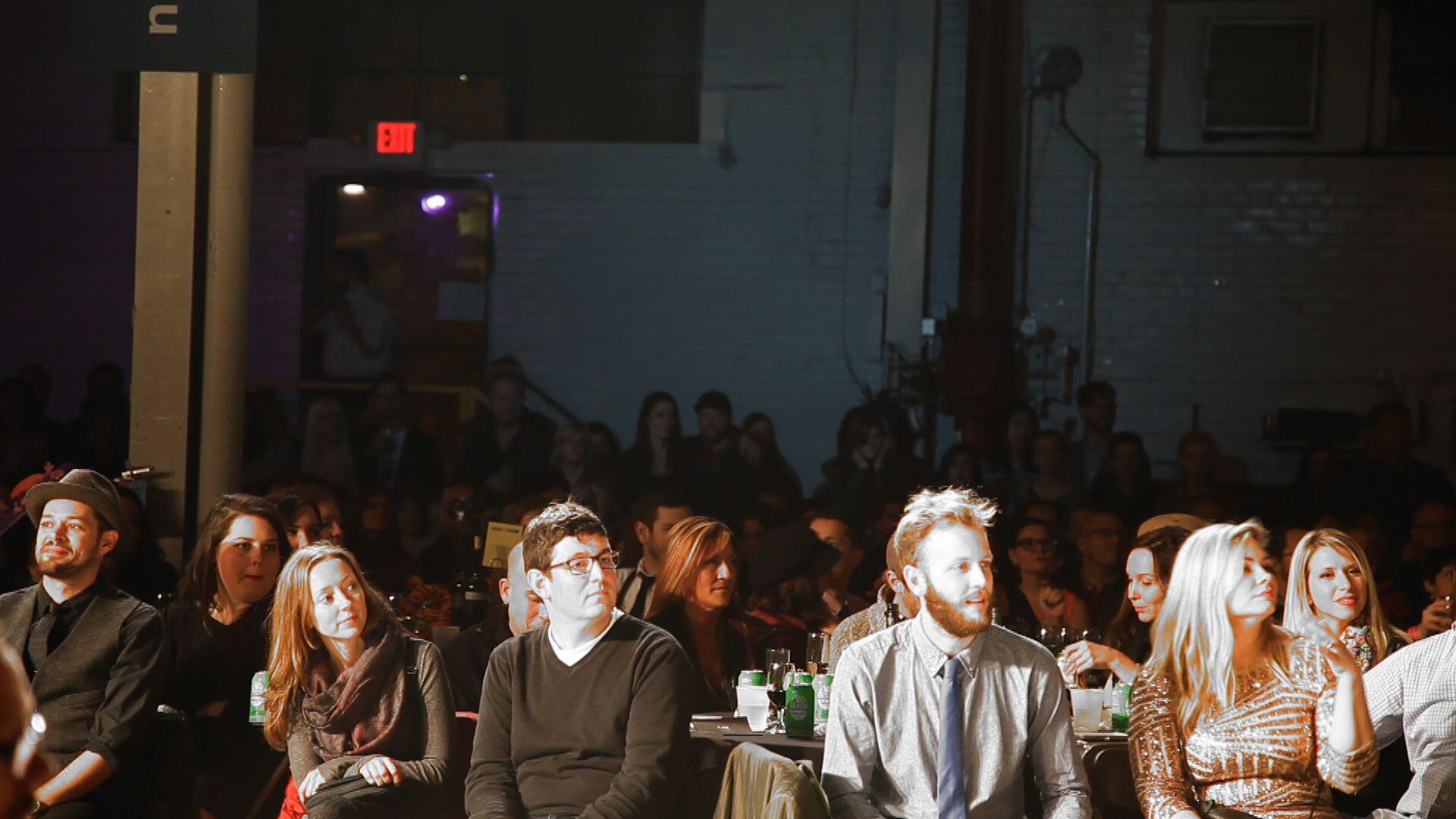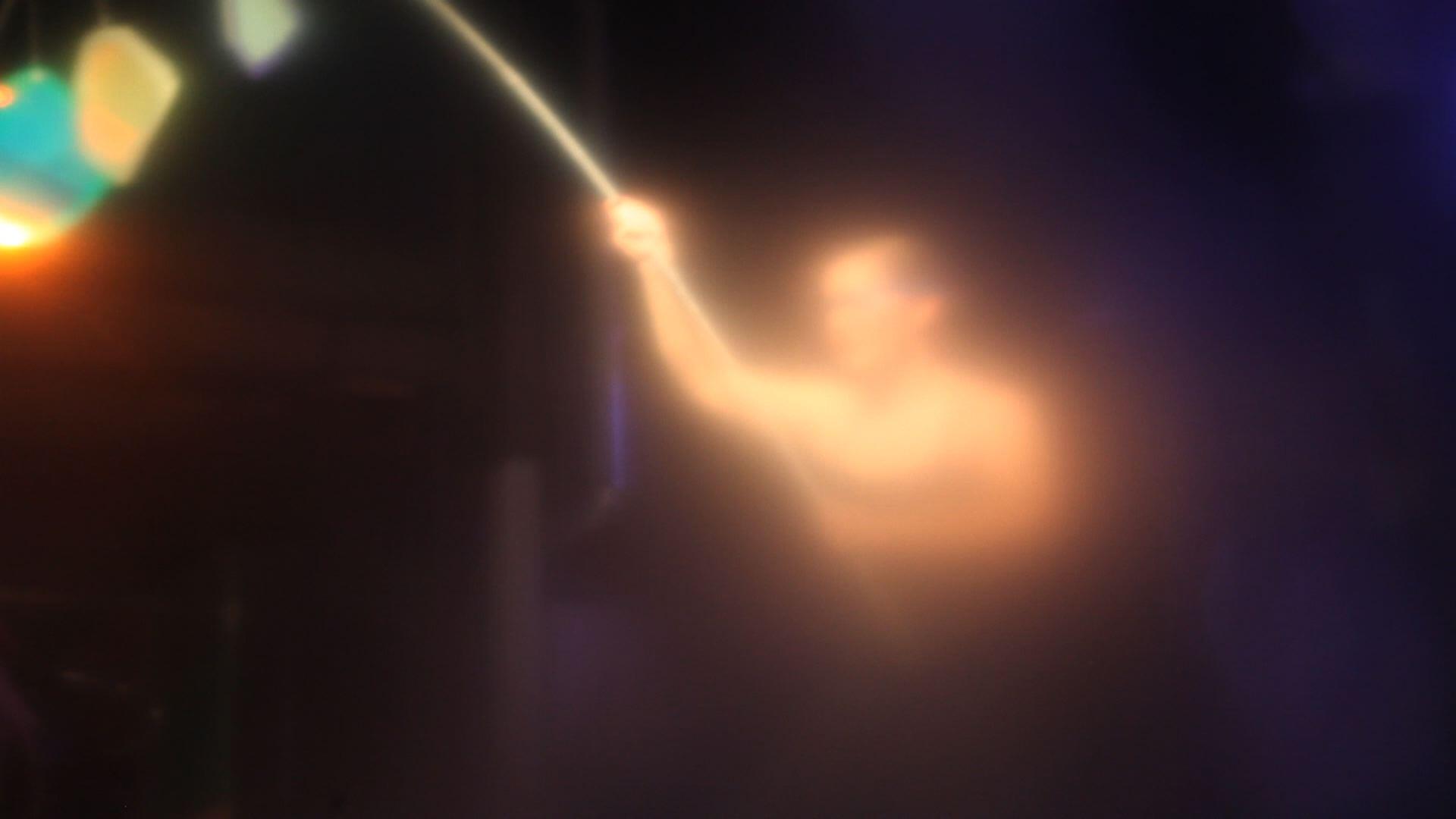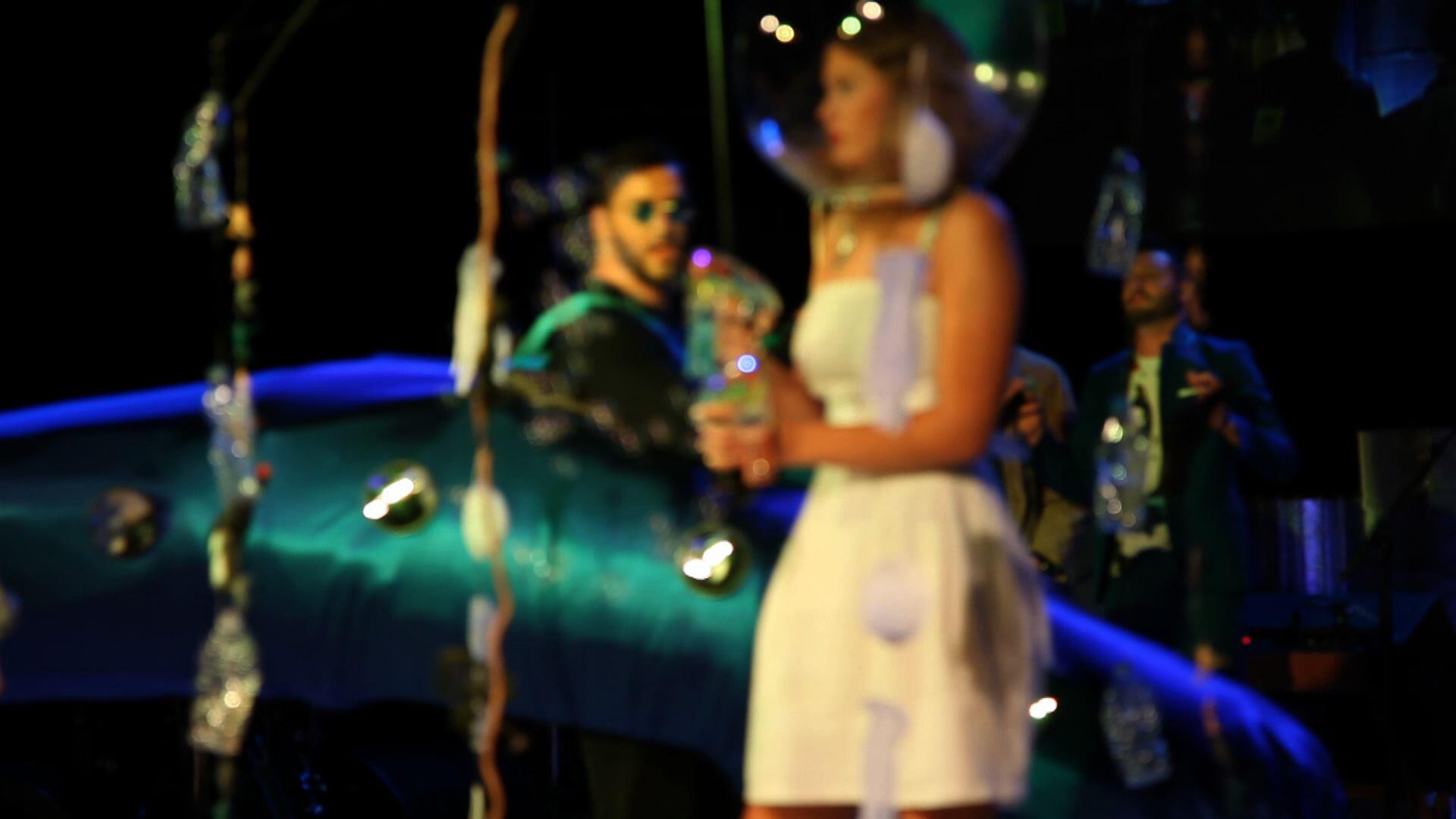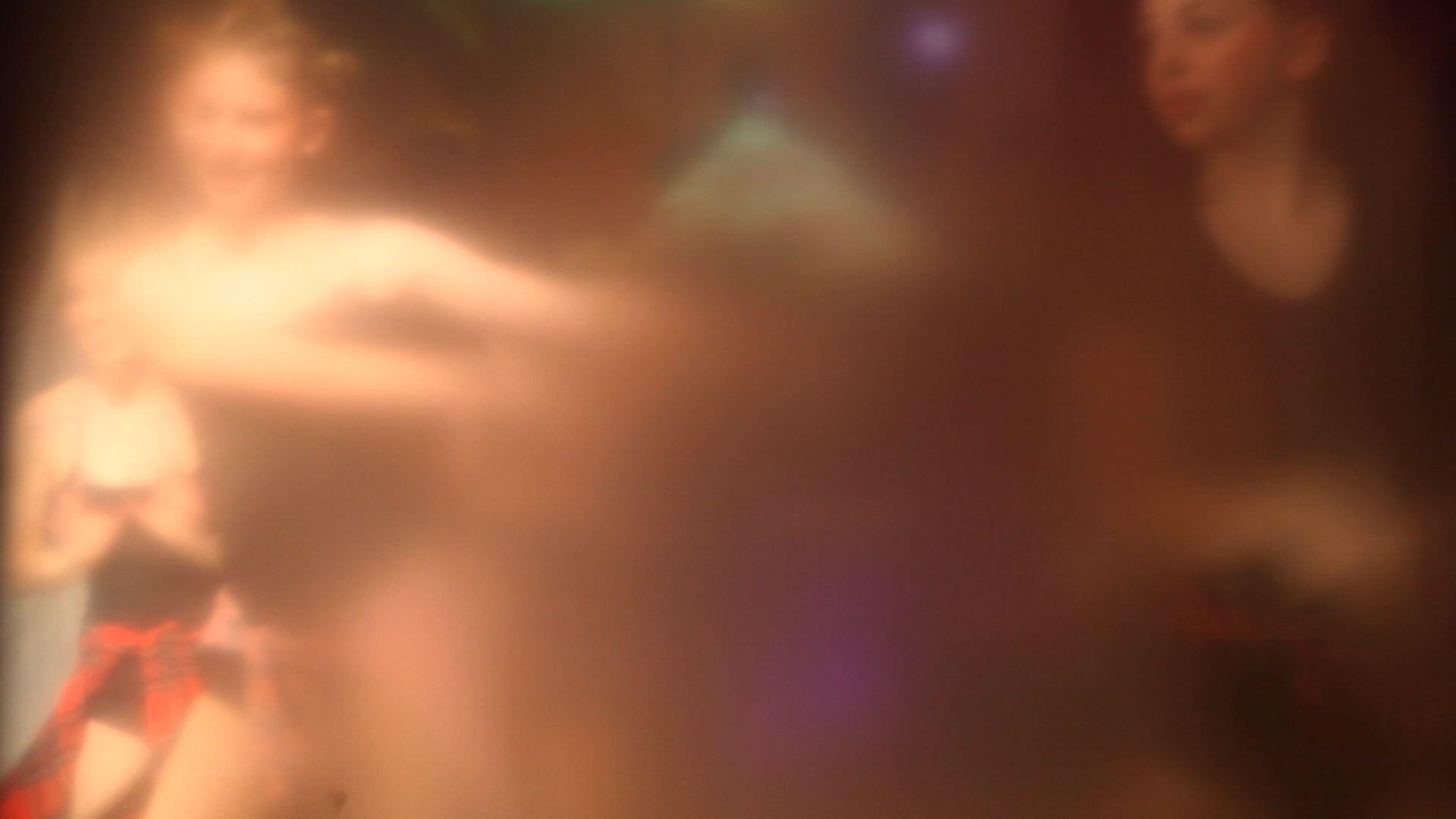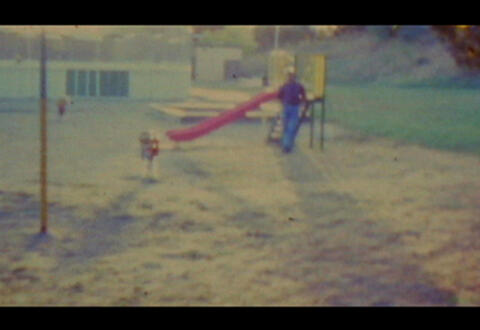Where the Night is Going
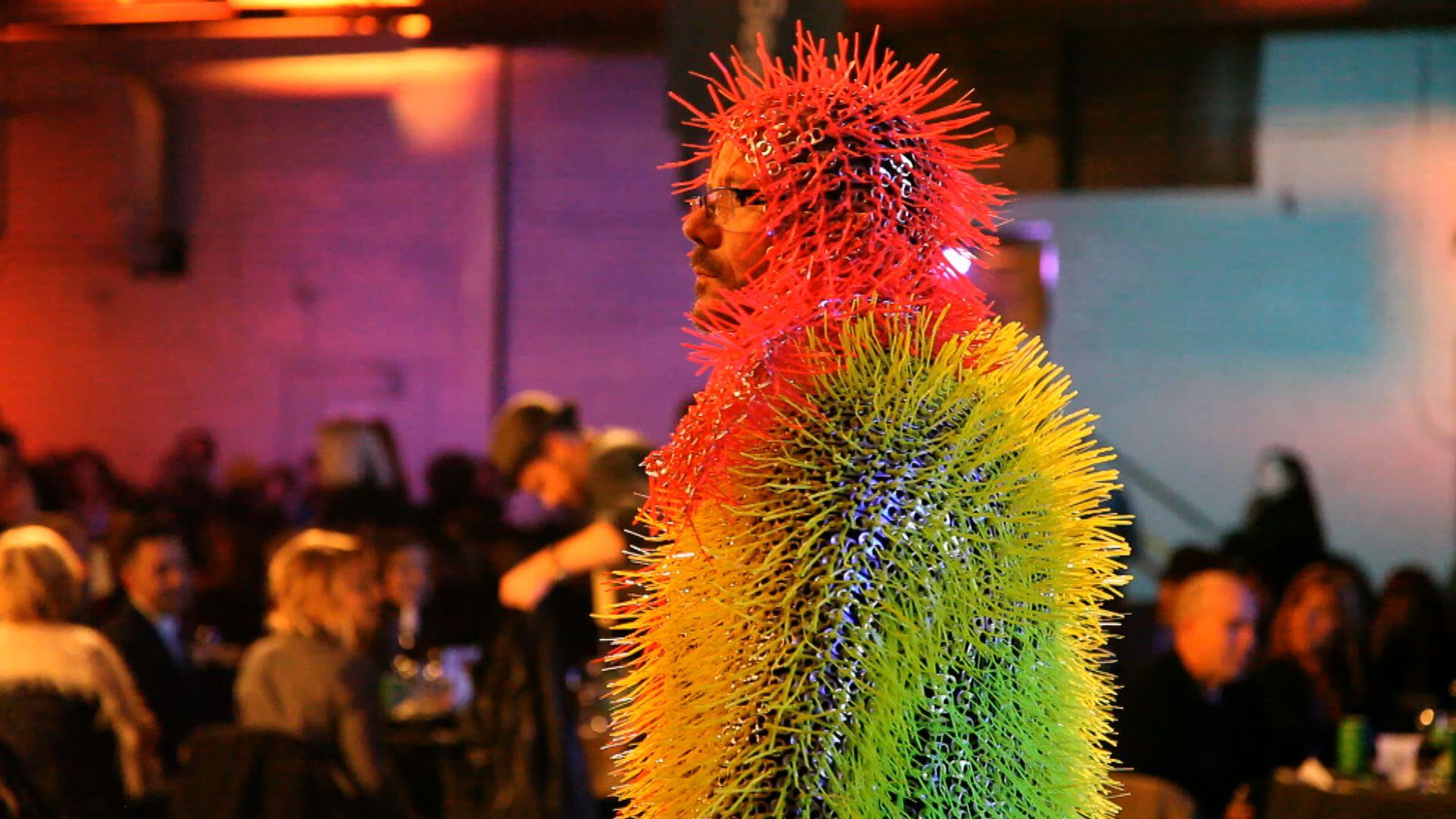
Notes on belonging, the costs of arrival, of being admitted to the party. A moment of encounter is unpacked while the dreamy spectacle onstage offers model citizens new roles to play. Guy Debord posts a new documentary frame. Further thoughts on the slave mechanism.
Set in a phantasmagoric indoor parade of bent fashion, a meeting with Guy Debord occassions reflections on the violence of form. A series of titles scrawls across the folks gathered to receive spectacle. Moments from Anne Carson’s The Glass Essay, Ariana Reines’ gamechanging Mercury and Claudia Rankine’s Citizen drift past. Could we meet in a documentary, a “picture that moves,” without the cut, the writing of the colony, without changing “our focus from being to appearing.”
Technical information
Documentation
“At a time when the spectacle has integrated itself into all aspects of everyday life, is it possible to love a failed revolutionary without losing yourself?” - Clint Enns
“In Where the Night is Going Mike Hoolboom sketches out a post-apocalyptic space in which the social returns, where the viewer is surveilled for intimacy. Like a ship becalmed at sea and with Guy Debord internalized as apparition, Hoolboom conjures up a fog promising belonging, re-membered and re-configured with gesture and dance. Where Bergman's Hour of the Wolf stripped us bare this film promises a carnivalesque that our muted bodies cannot resist.
The idea of a form exhibiting itself as content is very powerful and what falls out after that is very pleasurable and defining as a modus operandi for belonging to me, a slippery journey. The fogged shots place me in my body in a way that is sometimes centered, sometimes fearful. The movements reminded me of gestures in Arthur Lipsett’s films, one where I think it is Paul Anka moving through a department store and another of an unlikely pair dancing. Lipsett was a contemporary of Debord who is central to this movie. For some reason these people in front of their computers reminded me of a shot of two Americans, I think one was McNamara in another Lipsett shot. Their look shows traces of a past I first encountered in Canada. A post-apocalyptic social space is being studied here. The phrase 'neo-liberal globalized economic consensus' rather than 'post-apocalyptic' is what I was getting at, or perhaps post-spectacular is better than post-apocalyptic. When I think of Lipsett documenting cold war dread, this multiplies and goes beyond that somehow, not quite belonging or remembering.” - Dirk DeBruyn
“I wish I understood the difference between structure and form! It was a quite different experience watching the video and giving the text priority. The relation between text, image and audio is so dynamic that one does not lose the images, or, I should say, the images do not lose their power, a power which has nothing of the documentary, though the fact that these images were once from market shows or late capitalist conventions of some kind is immediately so much more compelling. (Which is why the text has to keep reminding us about the documentary.) Also not to say that I followed the text completely, though the interplay between theory, poetry and anecdote/narrative always pulled me through. It seems to me a good balance of linguistic density and larger significations, which we might as well call affect, at this point. It is both slow and fast, like a dream.” - Steve Reinke
Guy Debord, dystopia, social roles, formalism






